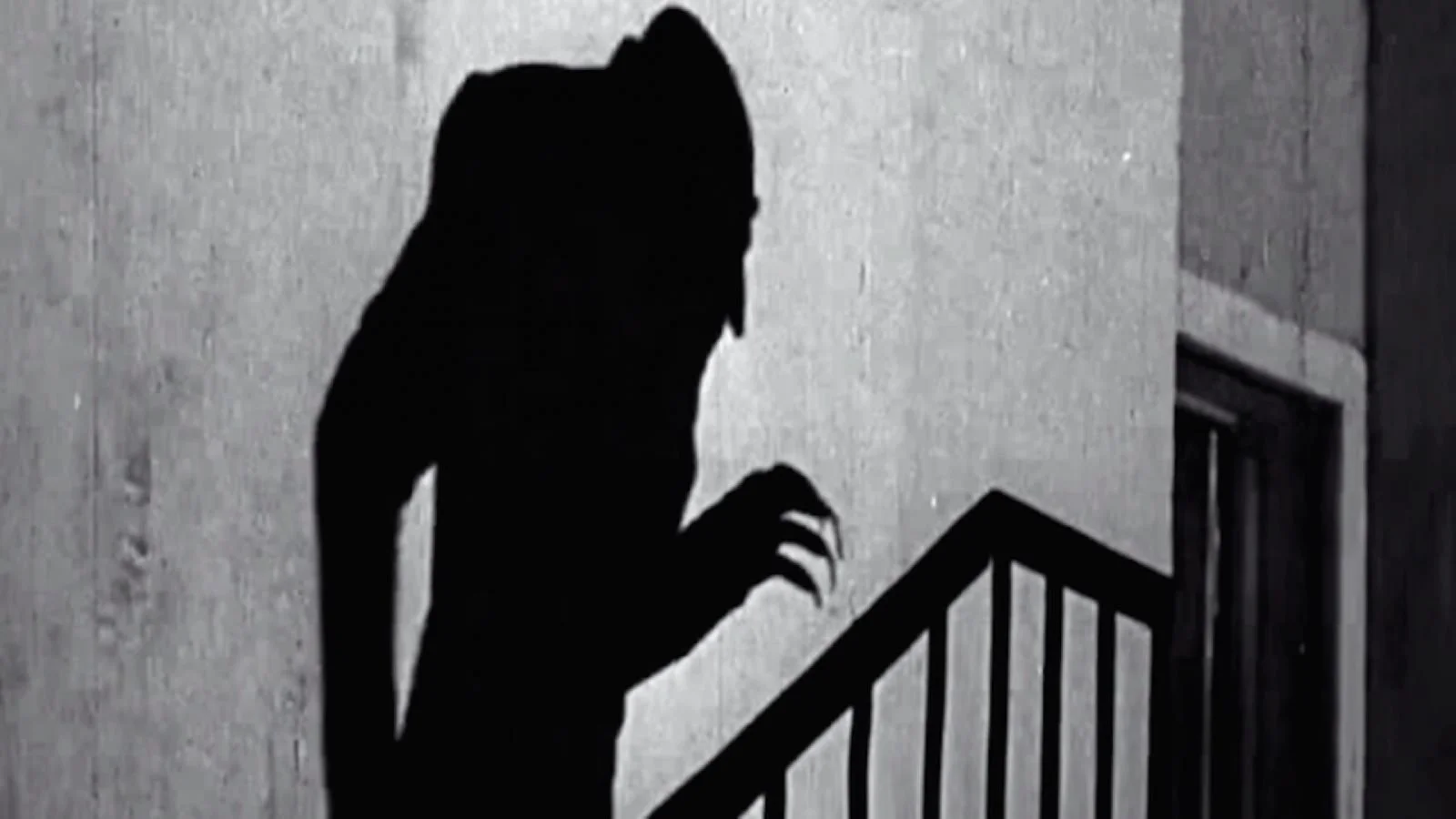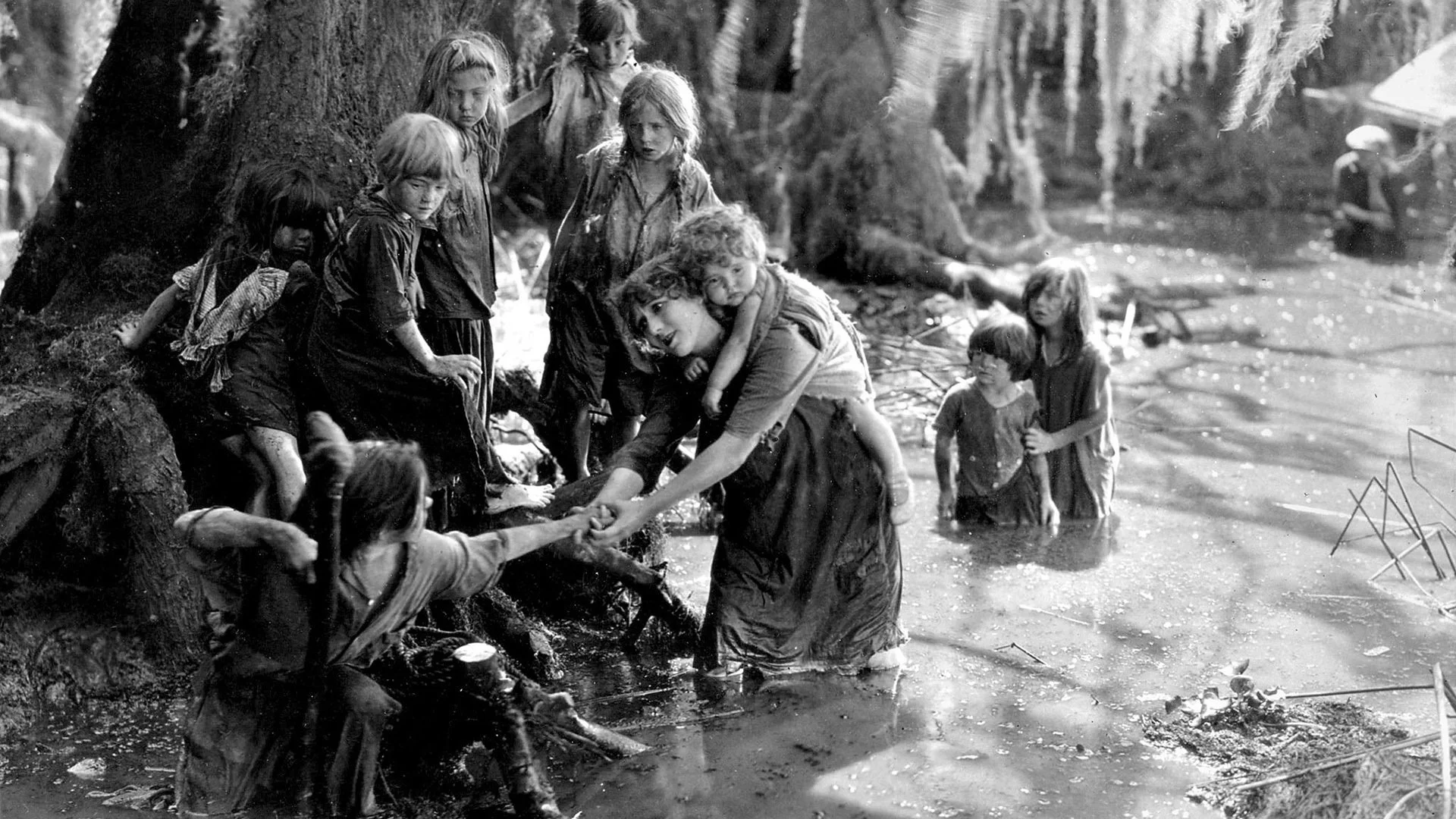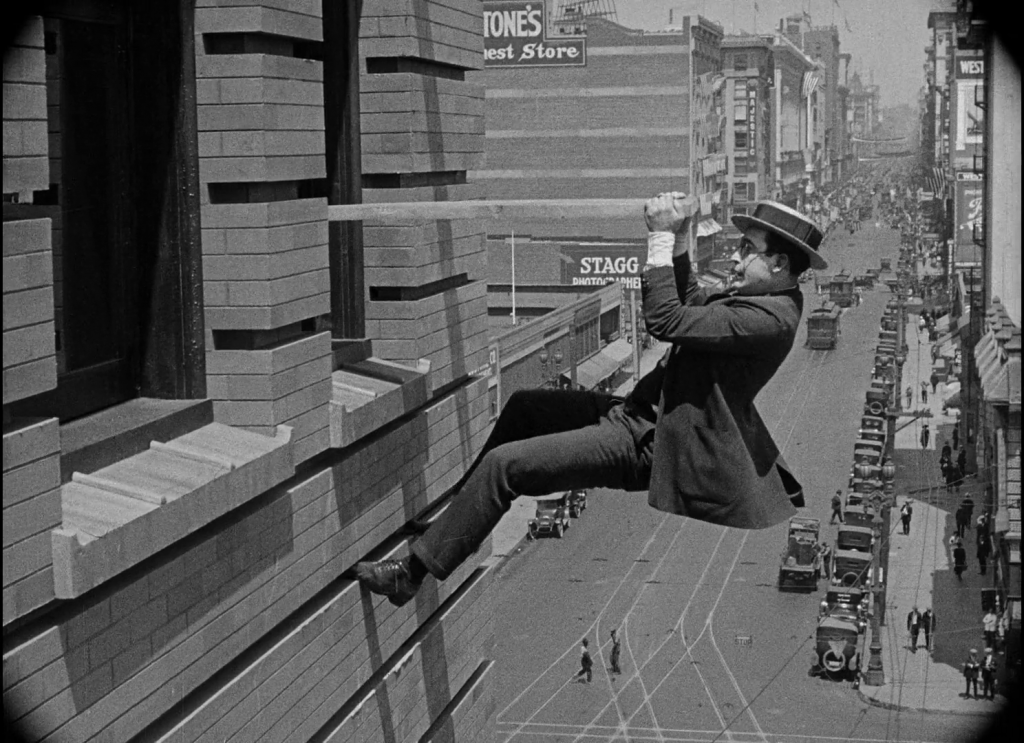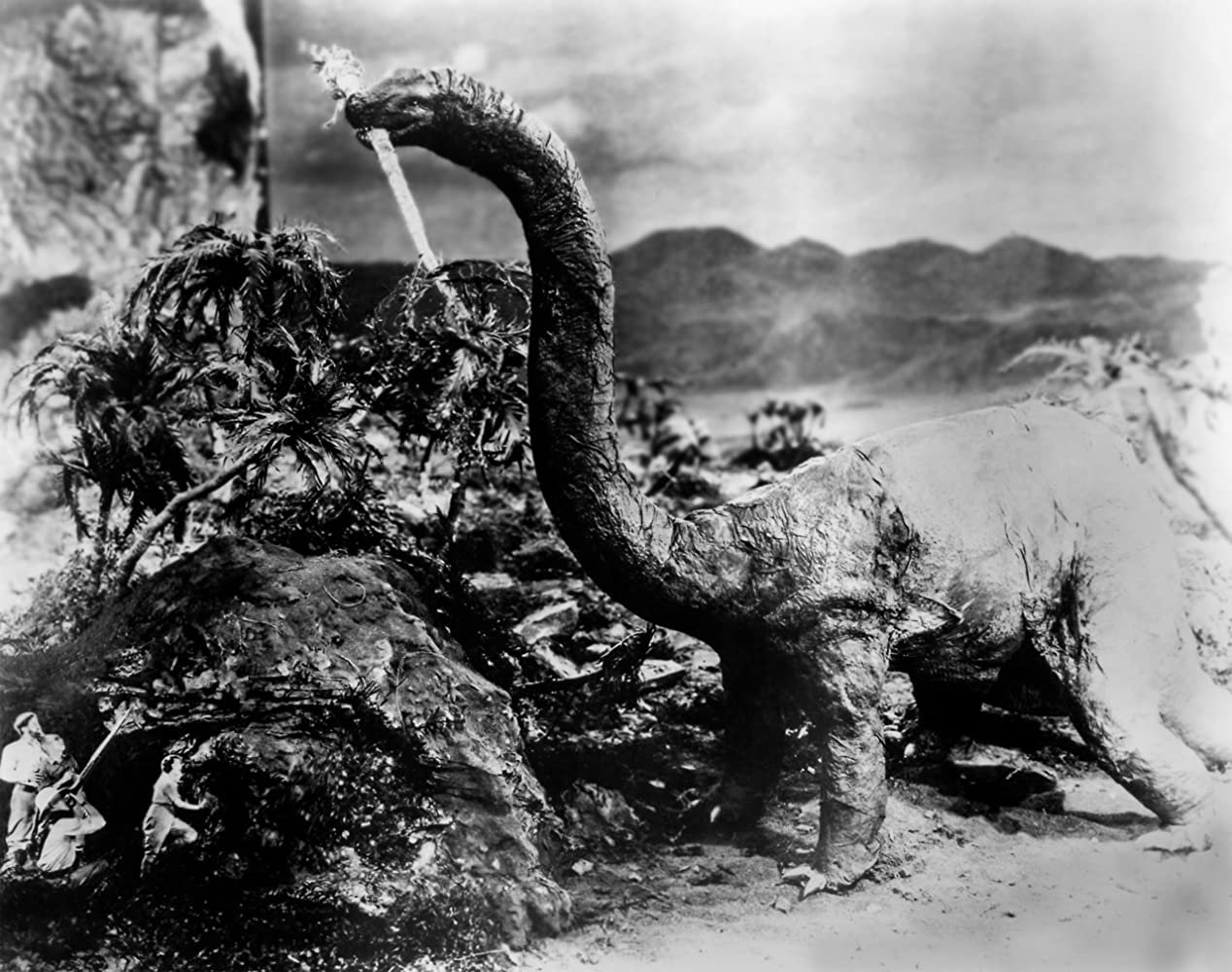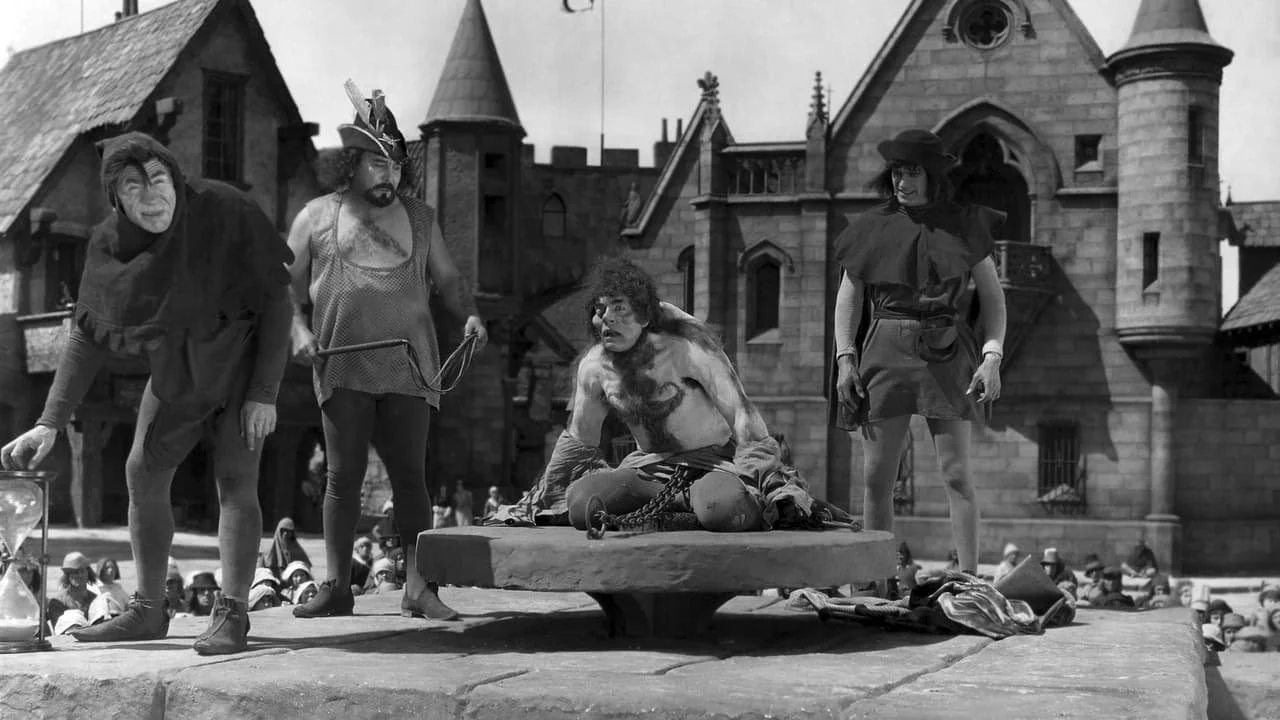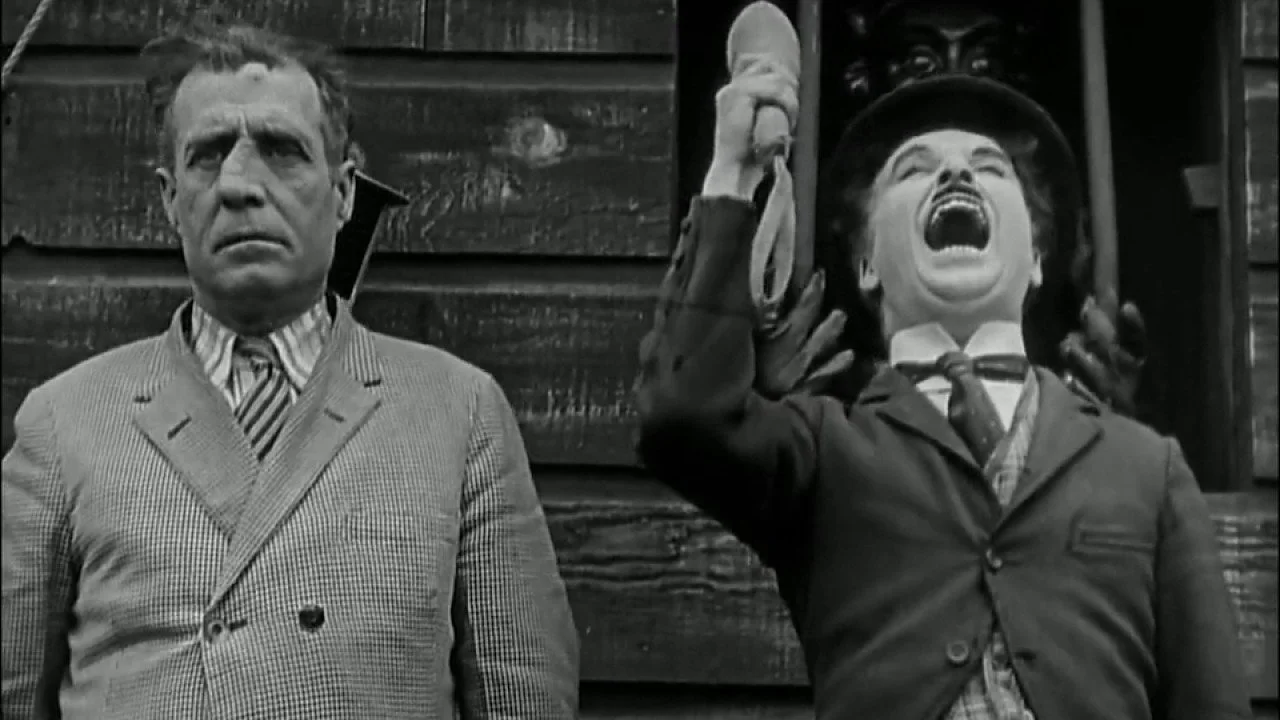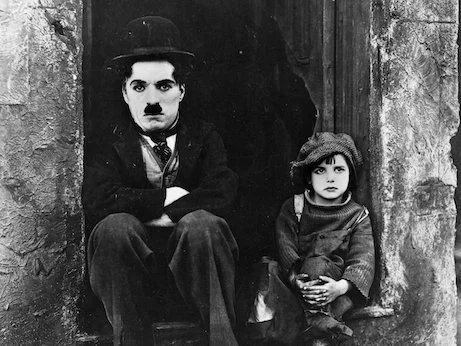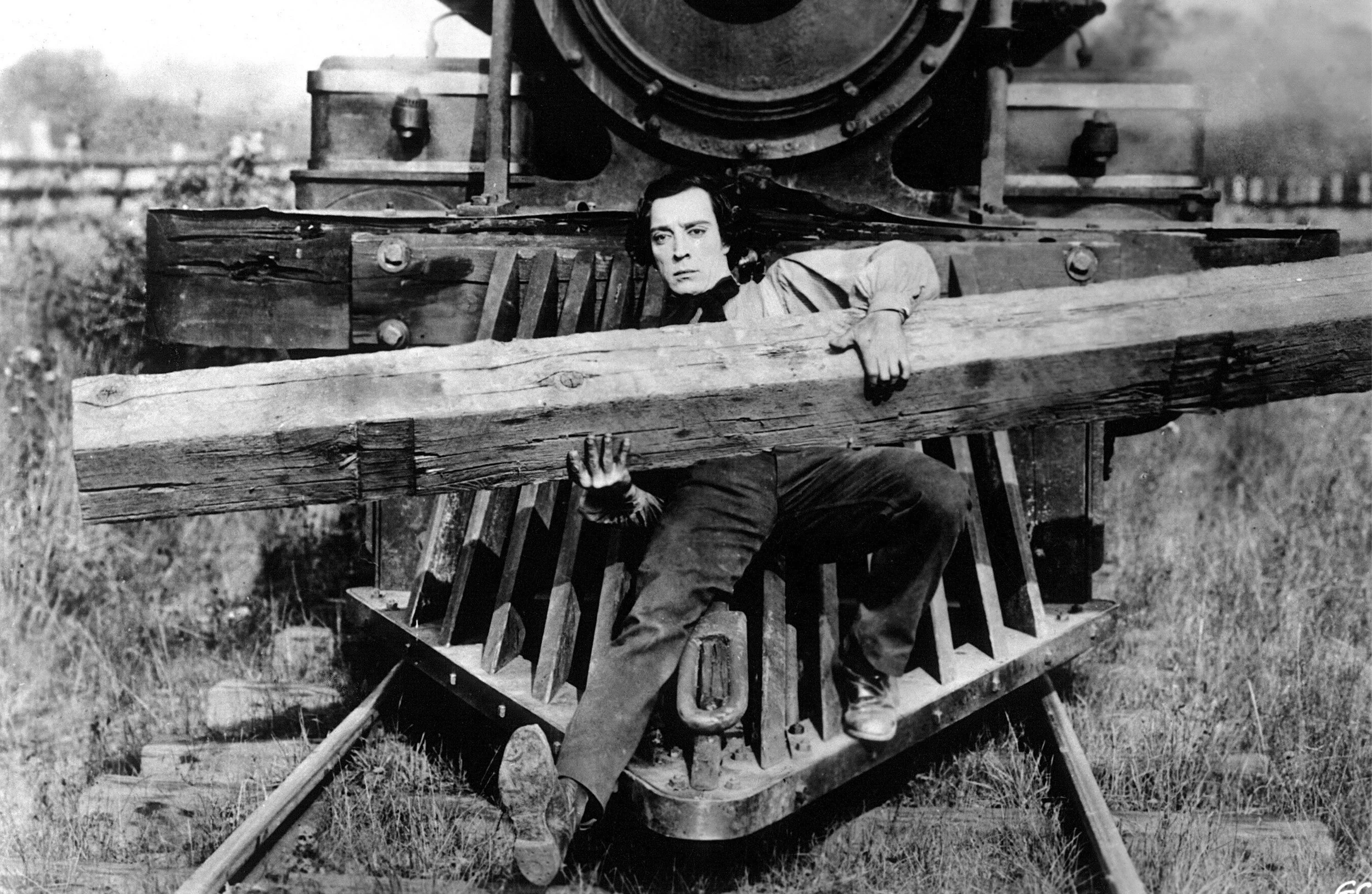20 Favorites of the ‘20s
A couple of years ago, I published my 100 favorite movies of all time. It was a definitive statement that was mostly accurate, but proved to be a fun exercise that helped me better know myself. Well, it ended up not being enough. I decided to create a series of articles that counted down my favorite films from each decade. The first twenty years of film were mostly populated by short films that ran anywhere from a few minutes to under an hour in length. Many - especially those not starring the likes of Charles Chaplin - are forever lost. I decided to start with the 1920s, possibly the first decade where full-feature films would forever dominate short films.
Looking back at these films - most of which I have seen before - it’s fascinating to think about how much the art of film has changed in 100 years. When you compare horror films like Nosferatu or The Cabinet of Dr. Caligari to Smile or X. Or comedies like Chaplin’s The Kid to Shiva Baby or Bros. There are more changes than the addition of sound in how films are crafted or what people enjoy. But, in many ways, the films of the ‘20s were the building blocks of what we see on screen today. And many are more enjoyable today than you might expect.
Here are my 20 favorites:
20. Sunrise: Or A Song of Two Humans (1927)
Quick: what was the first film to win the Oscar for Best Picture? If you answered Wings you’re half correct! Most people don’t realize the original Best Picture Oscar was a shared award for Outstanding and Unique and Artistic. Wings won the Outstanding half for its thrills and production value. But Sunrise won the Unique and Artistic half of the award. Eventually this award would be merged into just Best Picture with one movie winning for both qualifiers. At any rate, this film could be argued as having one of the earliest femme fatales in The Woman from the City (Margaret Livingston), a woman who seduces The Man (George O’Brien) into attempting to kill his Wife (Janet Gaynor) to be with her. It’s a film that is simply told, yet full of symbolism and style by director F. W. Murnau with ground-breaking cinematography that includes tracking shots and forced perspective. It is widely considered one of the greatest films of all time for a reason.
19. Nosferatu (1922)
Coincidentally, Murnau’s most famous work follows on this list, basically the first adaptation of Bram Stoker’s Dracula despite name changes for legal reasons. The film is so iconic practically everyone has at least seen a shot from this film at some point in their life in something. That’s because the shots in this film are incredibly atmospheric and creepy, heavily influencing the entire horror genre for the next one hundred years. This film is an absolute must-see for every horror fan. It is exceptional.
18. Nanook of the North (1925)
The documentary form was in its infancy still at this point. So, it wasn’t quite its truest form of objective observation as we know documentary to be now. That said, we also know that documentaries can have an entertainment quality to them even if it creates a bias. That little piece of DNA can probably be traced back to the original documentaries like Nanook of the North, which does include several elements that were staged or reenacted and “characters” that were cast - all in an attempt to recreate the best parts of a film that was lost by filmmaker Robert J. Flaherty, who wanted to make a film about the people of the Hudson Bay. In his second attempt he focused specifically on an Inuit family. Some argue it isn’t so important what organically occurred as much as the authenticity that is often on display. It is an excellent piece of early documentary filmmaking.
17. The Phantom of the Opera (1925)
A couple of years ago, I wrote an article about the Universal Monster Movies. This was the very first of those films. And, while I admit the first half of the film is a bit creaky and it isn’t without its flaws, it’s still the version of this story to see with one of the silver screen’s most iconic title characters played by the Man with 1,000 Faces, Lon Chaney.
16. The Navigator (1924)
Buster Keaton is one of silent comedy’s Holy Trinity (along with Charlie Chaplin and Harold Lloyd). The Navigator isn’t usually one of the first of his films to be mentioned, but it is quite enjoyable. Essentially, our protagonists intend to go on a Hawaiian cruise, but get on the wrong ship and get lost at sea where hijinks ensue. The underwater sequence is a highlight.
15. The Jazz Singer (1927)
Now, for the few who do know about this movie, it’s fallen a bit out of favor due to the protagonist’s use of black face. That is understandable and completely valid. It was a different time where a film that actively advertised such an image on its poster could become one of the year’s biggest hits. Historical casual racism aside, I think it’s also important for a film to depict accurate attitudes of the period it takes place in (it takes place in the film’s past during the height of vaudeville) rather than hide such things away. That narrows the audience for this film to those who can understand such historical nuances and appreciate what is worth valuing beyond them in the film. And there is a story to appreciate beyond the socially acceptable minefield on the surface. At its heart this is one of the earliest films about a son choosing to pursue his passion despite his father’s wishes and wanting to be loved and accepted. The subtext has been analyzed to speak to the Jewish immigrant experience, too, and attempts to assimilate into the culture. Oh…! And there’s that little thing about being the first talking film. “You ain’t heard nothing, yet!” indeed! Not only did that speak to the film’s wonderful songs, but it portended the future of film.
14. The Freshman (1925)
Harold Lloyd plays a young man excited to be going to college and dreaming to be well liked and admired. Like many of Lloyd’s comedies it’s a setup situational comedy not unlike what we see today. There are some silly moments like when Lloyd gets caught on stage in front of the entire student body and fooled into giving a speech as a new student while a kitten climbs under his sweater and its mom looks on at his feet. It’s a college comedy with bullies and football that influenced many films years later. And it’s a brisk 76 minutes worth enjoying.
13. Haxan (1922)
This is the second of two documentaries on my list. It’s not unlike Nanook of the North in that it, too, is not strictly non-fiction, this film tells the history of witchcraft and attitudes towards those who may or may not be witches. It features photographs, paintings, wood carvings, models, and demonstrations of torture devices while also having full chapters with narrative dramatizations. At a budget of two million kronor it was the most expensive Swedish film ever made. But it is a fascinating film with extraordinary makeup effects and unforgettable imagery. There’s superimposition, reverse motion, and even stop motion animation. It’s really quite an experience and amazing to see what was capable 100 years ago and how far we’ve come since.
12. The Cabinet of Dr. Caligari (1920)
This film barely qualifies, as it was released in February of 1920 - just weeks after filming completed. It’s also one of the most influential films of all time. Dr. Caligari is not only an early German Expressionist film whose set designs and uses of shadows basically lead to film noir and majority of the horror genre, but it’s also a serial killer movie and a film with a twist ending. So, it’s a film that influences so many aspects of motion picture storytelling. Understanding all of that deepens one’s appreciation of the film. It’s also just over an hour long, so anyone who has ever binge-watched has no excuse not to squeeze this one in.
11. Sparrows (1926)
This is a lesser-known film compared to some of the others, but it’s one of the Mary Pickford movies that has stuck with me. Pickford may have been short, but she was a giant of the Silent Era. Her girlish looks enabled her to play a little girl or teen well into her thirties. And she was one of the most financially successful actresses dubbed such titles as Queen of the Movies and America’s Sweetheart. I’ve seen less than 5 of her 50+ feature films (she starred in nearly 200 short films between 1909 and 1913). Sparrows, about a group of orphans escaping a mean farmer, is one that stands out to me and is one of the silent films I enjoy most. There’s nothing fantastical about it; it’s just a small-scale drama about children in peril. But Pickford stars as the oldest of the kids and a sort of big sister or matriarch of the bunch. Considering so many of her films are lost (a tragedy for one of Hollywood’s biggest stars), I think myself lucky to be able to watch this one.
10. Safety Last! (1923)
Easily the most popular of Harold Lloyd’s films, Safety Last! is still largely a situational comedy about a man getting a job in the city at a department store to earn enough money to support his girlfriend and move her there with him. Some antics occur with a police officer that are paid off in the third act of the film. Now, what this film is really known for is that third act wherein, through a comedic contrivance, Lloyd ends up doing a publicity stunt to scale the 12-story department store building. This is the closest I’m aware of us ever seeing Lloyd do anything on the level of Buster Keaton. As Lloyd scales the building one hurdle after another pops up that adds to the risk and challenge. It is terrifying, hilarious, and amazing to experience.
9. The Gold Rush (1925)
The Gold Rush is one of Chaplin’s most well-known silent films - and a personal favorite of his. I reviewed the film a couple of years ago, so you can read more detail there. It has some of Chaplin’s most iconic moments like the bread dance and when he eats a shoe. It does fall a bit on the list for me due to a love interest who is far less interesting than the rest of the characters and events in the film.
8. The Lost World (1925)
The Lost World is a movie I’ve been aware of for a couple of decades and seen shots from, but only recently watched. It is one of the most exciting silent films I’ve seen by today’s standards, mostly because it satisfies something audiences still crave to this day: dinosaurs in action. Without this movie King Kong, Godzilla, The 7th Voyage of Sinbad, and even Jurassic Park don’t exist. This is early visual effects, essentially, so film history owes a lot to this film. Maybe you’re not fooled into thinking the dinosaurs are real, but it is really impressive how much they move and how much detail there is in their movements. It’s great stuff and a fun adventure that only the most jaded would find hard to appreciate.
7. Battleship Potemkin (1925)
Our last of 5 movies from 1925 is one of the most iconic films few people have seen these days. It is about a Russian revolution and it has been imitated and parodied many times with now generations of people never having seen the original context. Well, this is a thrilling period piece set in 1905 loosely based on historical events in Russia. It is quite the giant of a film for running only 75 minutes. It is a surprisingly violent film, which shocked the world more than its revolutionary propaganda. It’s also notable for early experiments in montage to affect the audience’s emotions. Great film.
6. The Hunchback of Notre Dame (1923)
Forget the Disney animated version of the tale - hell, aside from the novel forget any other version of the story. This is the Hunchback to see! Lon Chaney, the Man of 1,000 Faces, stars in one of his most famous films. This movie was huge and one of Universal’s most financially successful silent films, earning $3.5 million over a $1.25 million budget. That’s big money in the 1920s. The production value of this thing is so grand, the sets so large, you’d think it was shot at the real Notre Dame cathedral. There are reportedly thousands of costumed extras in this film. Most importantly to modern audiences, this film is entertaining and fun to watch. Chaney is magnificent.
5. Steamboat Bill, Jr. (1928)
We come back to Buster Keaton, who will dominate the next few slots of the list. Steamboat Bill, Jr. is another film about a son and father, however one that is much more comedic and silly than The Jazz Singer. In this Bill, Sr. has a steamboat that is met with tough competition and Bill, Jr. essentially helps his dad through a series of stunt-filled episodes, including a climax involving a tornado. This film is one of the films Keaton is known for best, especially due to one particular stunt in the climax. It also inspired the name of Mickey Mouse’s debut later that year, Steamboat Willie.
4. The Circus (1928)
The Circus is one I discovered when I reviewed Chaplin’s feature films a couple of years ago. I found it to be one of Chaplin’s most hilarious films with so many laugh-out-loud scenes like the barber, the lion, and the high-wire scenes. Is Chaplin actually in as much danger as he seems at times in this film? I don’t know for sure, but he appears so convincingly to be and that’s what matters. The Circus is not one of his best-known films, but it is a great one.
3. Sherlock, Jr. (1924)
Now this film is closer to a short film than a full-feature film with its 45-minute runtime. But it is one of Buster Keaton’s best films featuring an out-of-body effect that is hard to believe for its time. A projectionist basically dreams of being the world’s greatest detective like the one in the movies he shows. In his dream he solves a crime. It features a car chase and several stunts that nobody would be willing to do today - but Buster did (and broke his neck doing so). This film is a perfect example of why there’s just nobody today like Buster Keaton.
2. The Kid (1921)
I’m surprised to say my favorite Chaplin film of the 1920s is The Kid. While there are other Chaplin films I prefer it is his full-feature debut that I find the best mix of humor and pathos of his ‘20s work. The Tramp finds an abandoned baby and raises it. Five years later the two scheme together to get by day-to-day until they have a run-in with the law. Jackie Coogan is adorable and hilarious as the titular character. The bond between Kid and Tramp is moving, made more so by Chaplin’s beautiful score. It is one of the only Chaplin films that will make you laugh and cry.
1. The General (1927)
Now, most of the films on this list are widely considered pretty great. But The General is considered one of the greatest American silent films. Inspired by true events, the film is about a train engineer who enlists to fight for the Confederacy in order to impress his lover. When she is on a train that is hijacked by Union officers, he gives chase in one of the most wacky and daring practical chases ever filmed. It can’t be emphasized enough how dangerous the stunts in this film were; if the timing were off by even a second it could have meant disaster. It’s extraordinary and that’s what makes this film so enjoyable and unforgettable.
Those are my favorite films from the 1920s. Amazon Prime and HBO Max seem to be the best resources to find silent films like these to stream. I hope you’re encouraged by this list to check out a few. I highly recommend it.
What are your favorite movies of the 1920s? Feel free to share.
